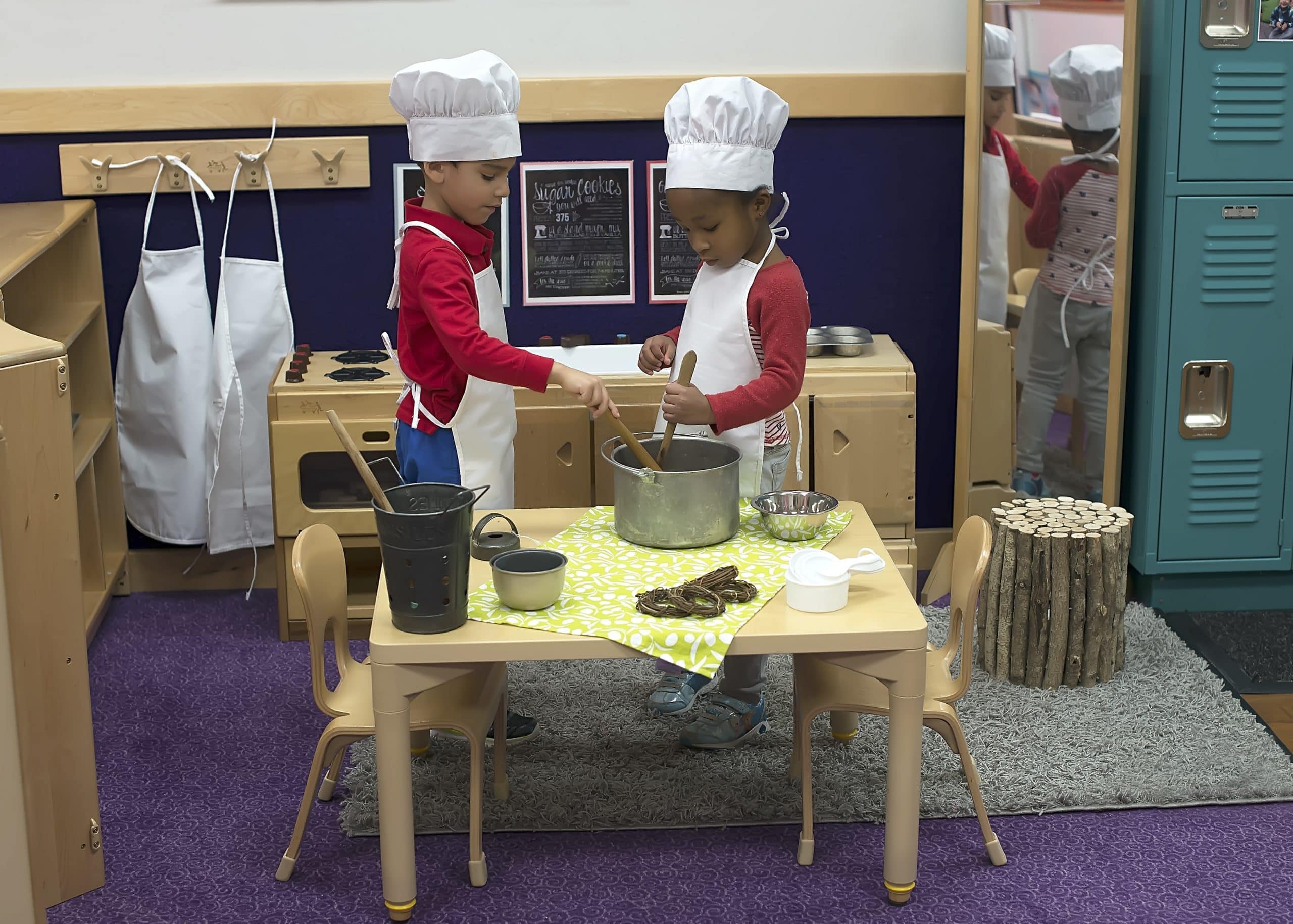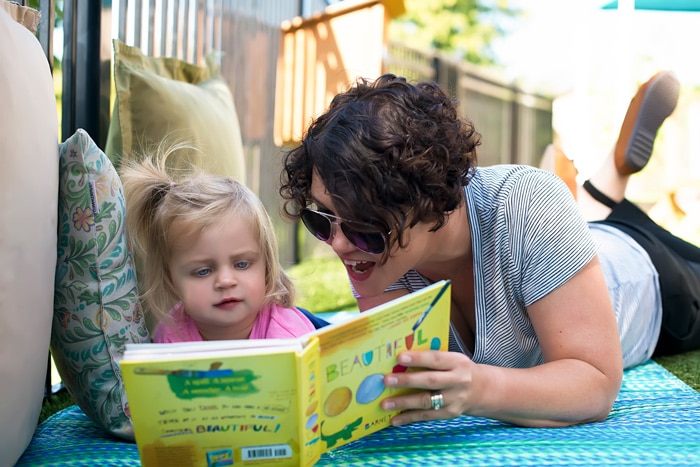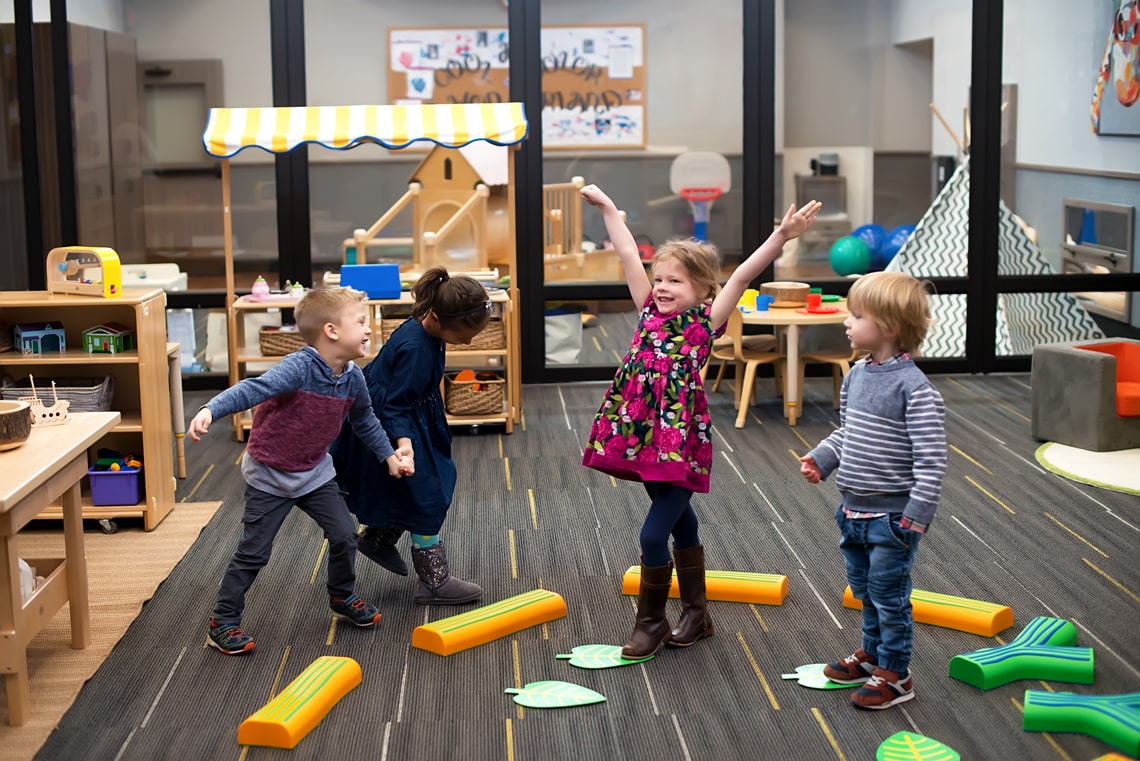When children develop healthy eating habits at a young age, these habits can stay with them for life. Involving children in food preparation engages them in the cooking process and introduces them to new foods. It can be a fun and tasty adventure, while exploring new foods through their senses. Children can touch it, see it, and taste it, which then no longer makes it an unfamiliar food. Kids that are exposed to healthy foods in the kitchen are more likely to eat those foods. The more children are involved with food preparation, the more likely they are to try new foods.
There are many benefits of involving children in food preparation. It is a bonding experience which can help boost self-esteem, children can accomplish a task while contributing to the family, children learn life skills and food safety, and it can help with basic math skills and following directions.
Here are ways that children at every age can be involved in the kitchen:
- Older infants, toddlers and two-year-olds: Give them space on a bottom shelf for plastic containers, wooden spoons, and cheap pans so they learn to play with cooking tools.
- Three-year-olds: They love to mix ingredients and add pre-measured ingredients.Give them fruits and vegetables to wash.
- Four-year-olds: Let them sprinkle cheese on a pasta bake, add pizza toppings, tear lettuce for a salad, help roll out dough with a rolling pin, or use a plastic cookie cutter to cut out shapes.
- Five- and six-year-olds: At this age, children can learn how to measure ingredients accurately. Give them measuring cups for dry ingredients and show them how to level off flour and sugar with a metal spatula or butter knife.
Including children of all ages in family meal preparation, clean-up, and following directions not only helps children develop healthy eating habits, but also promotes executive function skills.









